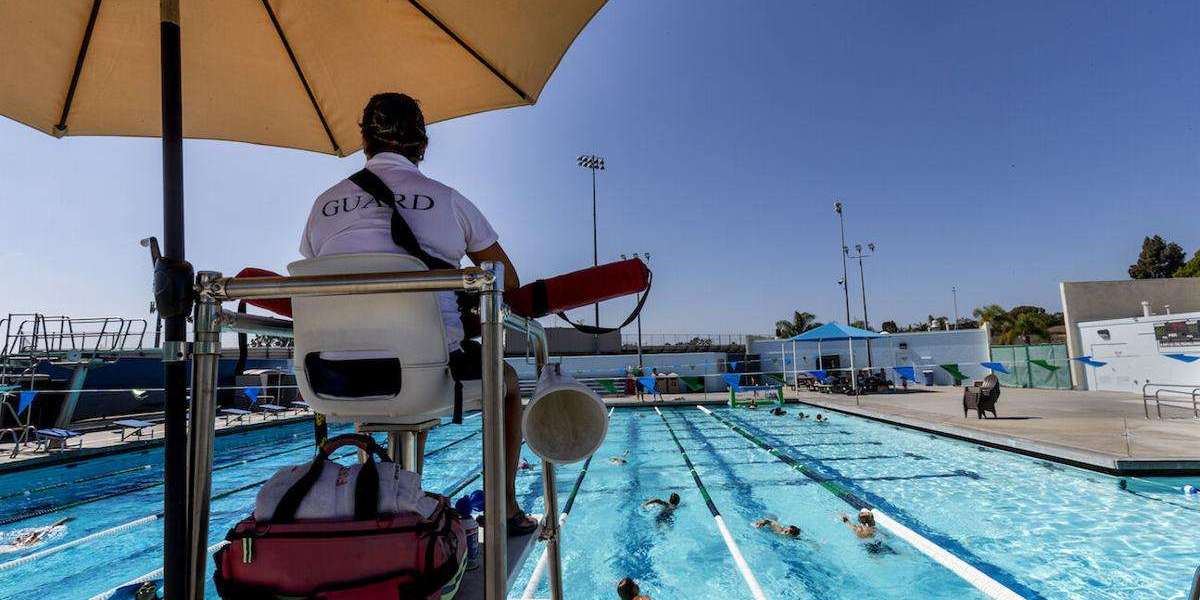Every summer, beaches, pools, and waterparks across the US fill with families seeking fun and relief from the heat. But behind the scenes, a troubling trend continues to grow— a national lifeguard shortage . In 2025, this issue has escalated, affecting both coastal and inland states equally.
This article explores 10 US states with the most severe lifeguard shortages this summer and why this matters for public safety, local economies, and recreational access.
1. California
Why the Shortage Matters:
As the state with the most coastline and some of the busiest beaches in the country (like Santa Monica and Huntington Beach), California is seeing a critical lifeguard shortfall. Budget constraints, high cost of living, and post-pandemic burnout have left thousands of positions unfilled.
Impact:
Partial beach closures and reduced patrol hours are becoming the norm, raising the risk for drownings and water emergencies.
2. Florida
Why the Shortage Matters:
Florida's year-round beach tourism and booming population demand constant water safety presence. Cities like Miami, Tampa, and Orlando are struggling to recruit and retain certified lifeguards.
Impact:
Some public pools have slashed hours or closed entirely. Coastal beaches are relying on part-time or under-trained staff, increasing liability and danger.
3. New York
Why the Shortage Matters:
New York City and Long Island offer millions of public beaches and pools, yet have reported the inability to fill up to 50% of their lifeguard openings.
Impact:
Popular areas like Rockaway Beach have reduced swimming zones, and some pools in low-income areas remain unopened, affecting community health and safety.
4. Texas
Why the Shortage Matters:
With both Gulf Coast beaches and thousands of public and private pools, Texas needs a large lifeguard workforce—but many cities have struggled to attract applicants.
Impact:
Outdoor water parks and recreational centers have been forced to cut programming or operate with minimal staff, placing swimmers at greater risk.
5. Illinois
Why the Shortage Matters:
Chicago alone has over 70 outdoor pools and beaches along Lake Michigan. Recruitment challenges have accelerated due to early school start dates and low seasonal pay.
Impact:
Entire pool facilities in some Chicago neighborhoods were closed for the season in 2024—and 2025 appears to be repeating that trend.
6. Massachusetts
Why the Shortage Matters:
Cape Cod and Boston-area beaches have faced a steep drop in available lifeguards. Many qualified professionals are opting for private sector jobs or indoor roles.
Impact:
Massachusetts has had to deploy state troopers and volunteers in emergency response roles, which isn't a sustainable or safe solution.
7. New Jersey
Why the Shortage Matters:
The Jersey Shore is a summer hotspot, but beach towns like Seaside Heights and Wildwood are struggling to fully staff their lifeguard towers.
Impact:
Reduced coverage leads to fewer supervised zones, and beaches with no lifeguards may be marked “swim at your own risk,” leading to higher incidents.
8. North Carolina
Why the Shortage Matters:
Despite a growing coastal tourism sector, many lifeguards in North Carolina earn wages below the national average and have limited advancement opportunities.
Impact:
Ocean rescue services are stretched thin, with fewer patrols and longer emergency response times, especially on less-trafficked beaches.
9. Ohio
Why the Shortage Matters:
While not coastal, Ohio relies heavily on lifeguards for lakes, public pools, and waterparks. Staffing shortages have plagued cities like Columbus and Cleveland.
Impact:
Programs for youth swimming lessons and water safety education have been cut back—ironically when water accidents are at their peak.
10. Hawaii
Why the Shortage Matters:
Even paradise isn't immune. With high tourist traffic and powerful ocean currents, Hawaii needs expert-level lifeguards. But retention is a problem due to high housing costs and limited local talent pools.
Impact:
Some state parks have gone without lifeguard supervision during peak times. Local officials have issued warnings—but tourists often ignore them.
Why This Shortage Matters More Than Ever in 2025
A. Rising Drowning Rates
Drownings are already the second leading cause of unintentional injury-related death for children aged 1–14 in the US Without trained lifeguards, those numbers could rise further this summer.
B. Climate-Driven Heat Waves
With above-average temperatures forecast nationally, more people are turning to water for relief. This increases the burden on already limited lifeguard staff.
C. Lack of Preventative Measures
Lifeguards don't just rescue—they prevent accidents from happening. Their absence means more rule-breaking, unsafe diving, and alcohol use near water.
D. Economic Ripple Effects
When beaches or pools close due to staffing shortages, nearby small businesses lose customers. Tourism-dependent towns are especially at risk.
What Can Be Done?
Increased Wages & Incentives: Offering better seasonal pay, bonuses, and scholarships can attract more recruits.
Streamlined Training Programs: More flexible, fast-track certification paths may encourage more high school and college students to apply.
Year-Round Recruitment: Cities must begin outreach long before summer hits—not in May.
Community Awareness: Parents and swimmers must understand that swimming at an unguarded beach or pool increases risk.
Conclusion
The lifeguard shortage isn't just a staffing issue—it's a public safety crisis. As summer heats up in 2025, states must act quickly to protect swimmers, save lives, and preserve the summer experience that so many families rely on.








